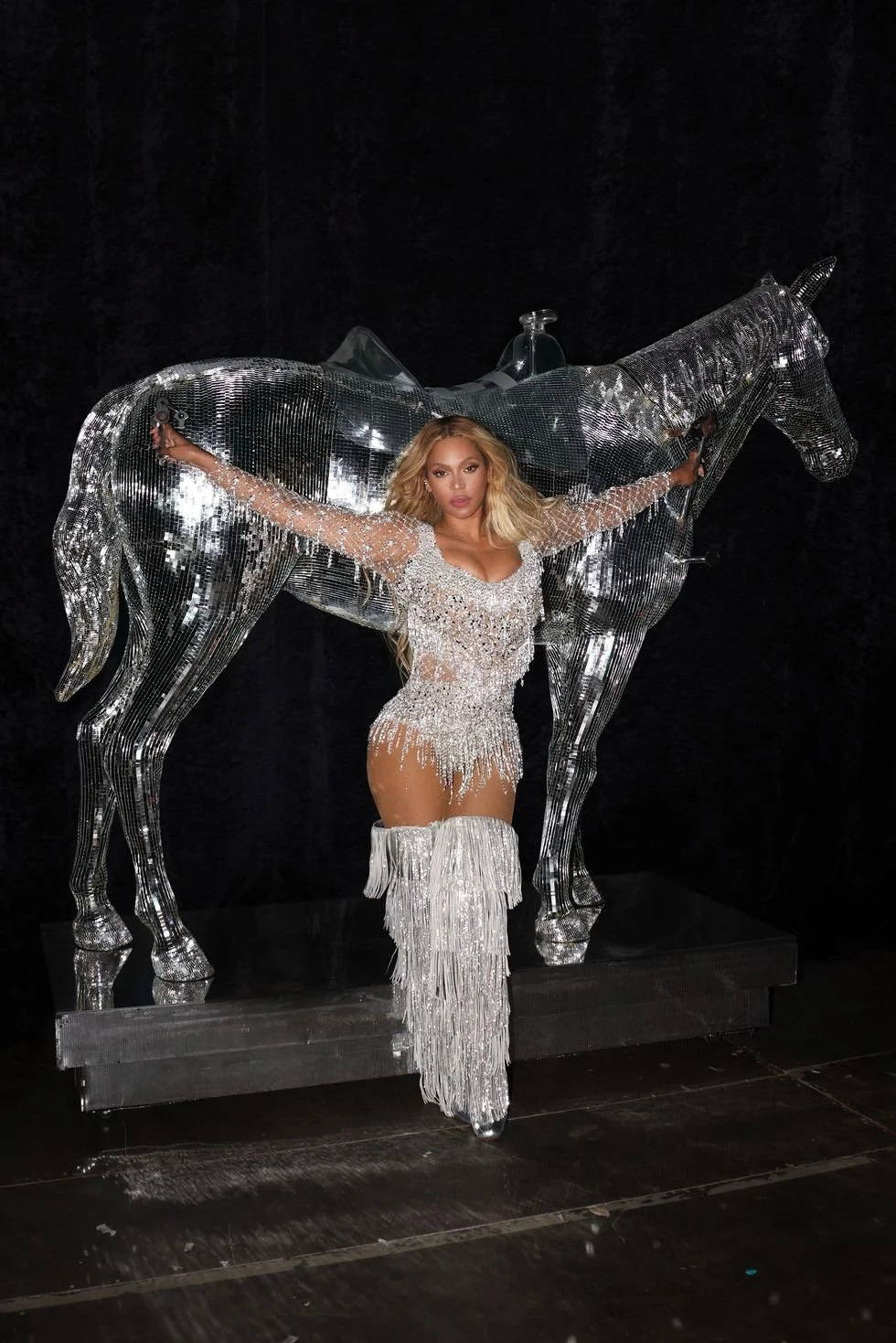Essays and publications
BLOODBOUND TO WANDERING
Beyond the One Drop Rule and US centered vision of blackness: their impact on the racial identification process of mixed race individuals
Thesis independently published at the occasion of my Master’s degree, february 2025
Available to order via email or at the Dutch Design Week Graduation Show’s library
Abstract
Like red wine on a white carpet, nosebleed on a white sink or red ink on a white tissue, black blood stains. How much black blood is too much or maybe how much is enough, enough to stain, enough to spoil, enough to blacken. A meticulous process of tracing, tracking, hunting down and the wide range of colonial vocabulary used to refer to mixed-race individuals enabled oppressive systems to word and hierarchize the different shades of black.
Language created to oppress better, to separate better, to classify and to condemn. On one side, American society — built through the labor of enslaved Black people — established the One Drop Rule as a powerful and litigious way to uphold white supremacy and enforce a strict hierarchical distinction between Black and White people. On the other side, this same society developed an extensive vocabulary to classify and create a taxonomy of privilege within the Black community. Words like mulatto, referring to the breeding of a horse and a donkey, or quadroon referring to an individual carrying “a quarter of black blood”. In the contemporary United States of America, this discriminatory vocabulary disappeared and was reduced to a handful of terms, of which Black, became a word widely used to encapsulate the multitude of ethnicities, stories and experiences as well as taxonomies linked to mixed individuals.
Does the wide use of Black reveals a remainder of the One Drop Rule or it serve as a means of fostering a larger community to face the oppression? A deeply historical duality opposing black against white, pure blood against impure blood but also dark skin against light skin, native Africans against slave descendants, Afro Europeans against African-Americans that confine identities to a binary model and create opposition and division.
RENAISSANCE by Beyoncé: a personal reflection on race and identity through the lens of American Black and Queer Culture
Essay independently published in collective publication Today has been Cancelled, Tomorrow is the Question, march 2024
Available at Onomatopee, Eindhoven
Abstract
July 29th 2022: the American artist Beyoncé released her seventh studio album RENAISSANCE. Six years after her last release, Beyoncé came back with a rather unique and surprising album intertwining various influences largely including American black and queer culture. Inserting numerous samples like the words of writer Barbara Ann Teer, public figure TS Madison, queer artists Big Freedia, Kevin Aviance or Kevin JZ Prodigy, the gospel icons The Clark Sisters and so many more. It is the first time Beyoncé samples so many other artists and musicians on an album. Showing her will to pay homage to the back community in all of its diversity. The effect of this album has on the black and queer community is pretty big. Interview Magazine qualified it as a “ball inspired” album which is a pretty big deal for these marginalized communities to be on the spotlight through such a mainstream artist.
The only public words we have heard from Beyoncé is a post on her Instagram published the day after releasing RENAISSANCE: “Creating this album allowed me a place to dream and to find escape during a scary time for the world. […] My intention was to create a safe place, a place without judgment. A place to be free of perfectionism and overthinking. A place to scream, release, feel freedom. It was a beautiful journey of exploration. […] To feel as unique, strong, and sexy as you are.”
The second song of the album, COSY caught my attention. We can hear the voice of TS Madison—a trans black women, entertainer and actress — sampled on it. She declares: “I’m dark brown, dark skin, light skin, beige Fluorescent beige, bitch, I’m black”
This quote sparked my interest, what does it mean to be black? Who is part of the community? Which leads me to this idea of Black being a terminology that surpasses the color of your skin. As a European light skin mixed woman I realize that the spectrum of blackness is wide and changes from places to places, from person to person and this made it complicated for me to find my place. And even if I acknowledge that being black is not something you acquire but something you are born with and that I am inherently part of, I still question my position in all of this. How to think of this quote in relationship to different understandings of blackness?
“Reference images: [Beyoncé Knowles Carter / Getty Image]. Used for educational and research purposes only.”
In the End, Nothing Is Pure
Essay written as part of my Bachelor’s diploma, january 2023
Abstract
“In the end, nothing is pure,” declared the exhibition Amalgam by Theaster Gates, presented at the Palais de Tokyo in 2019.
Within a U.S. social context where the notion of ethnic purity was historically constructed as an ultimate norm, legally enforced, and its transgression sanctioned, such an assertion destabilizes these categories and directly contests the very concept of racial purity.
The frequent reference, in everyday discourse, to fractions of “blood” as markers of origin—such as the recurrent designation of an individual as possessing “one-quarter Black blood”—illustrates the persistence of biological essentialism in defining identity. Yet, the epistemological value of such a quantification remains deeply problematic: what, in fact, does “one-quarter Black blood” signify?
Blood, a recurrent metaphor and regulatory principle in debates on identity, constitutes a productive analytic axis for interrogating notions of nuance, gradation, transformation, dilution, disappearance, and evolution. This framework has informed an exploration through enamel as medium, mobilizing chromatic and textural variations to materialize the processes of mixture and differentiation. Such an approach foregrounds nuance—often erased or overlooked—yet indispensable for understanding the construction of racial identities.
The central question thus emerges: in what ways can the material and symbolic treatment of blood and its gradations assume a reparative and instructive function within contemporary debates on racial identity?
© [Aglaé Jarry Wilson], [2023]. All rights reserved.






